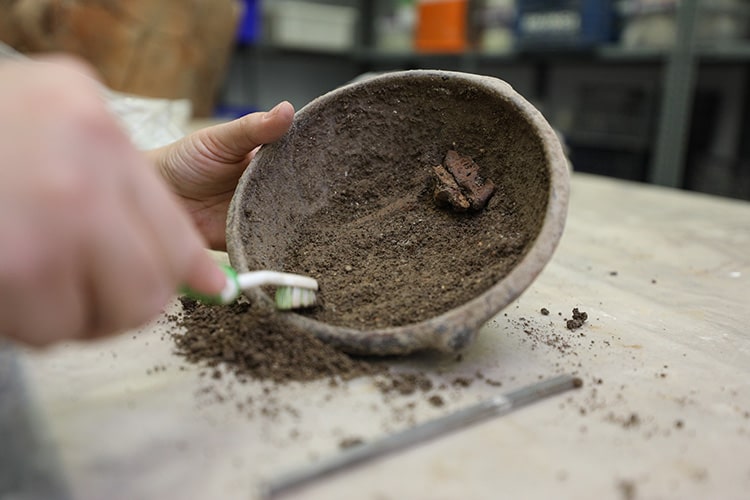Archaeologists found 3,500-year-old mussel shells, some of them closed, in jars in the storage room of a public space unearthed at Tepecik Mound (Tepecik Höyük).
Tepecik Mound is located in the Çine district of Aydın province. The layers in the mound show that there was an uninterrupted settlement in the region from the Chalcolithic Age to the Roman Period.
A strong defense system from the Late Bronze Age was unearthed on the mound.
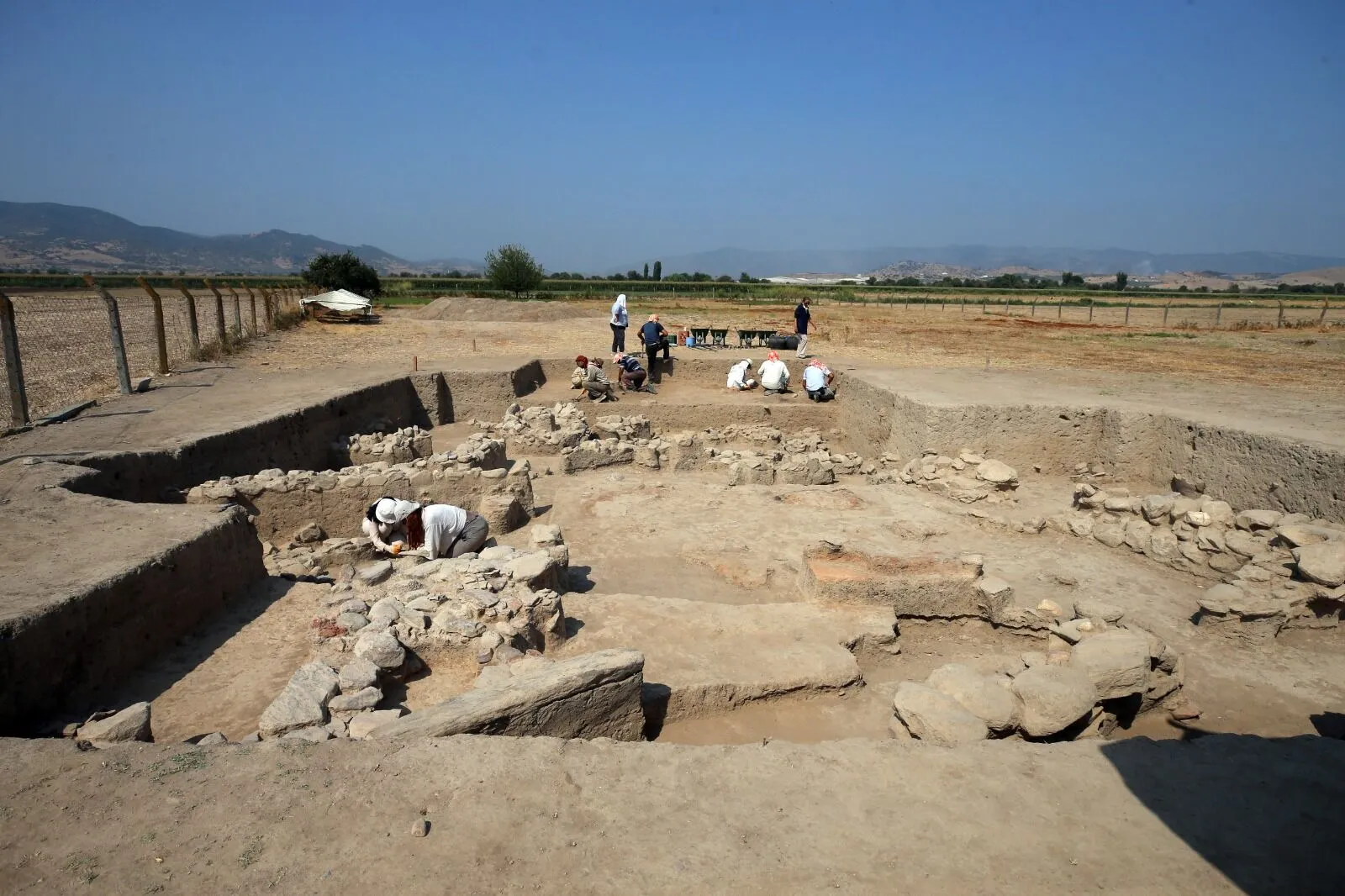
The excavations started in 2004 at Tepecik Mound are being carried out under the direction of Prof. Dr. Sevinç Günel, a faculty member of Hacettepe University Archaeology Department.
In Tepecik, one of the earliest settlements in Western Anatolia, a palace-like structure and grain pots, 3 towers, a room with items used by the rulers of the period for gifts during official visits and a furnace have been unearthed so far.
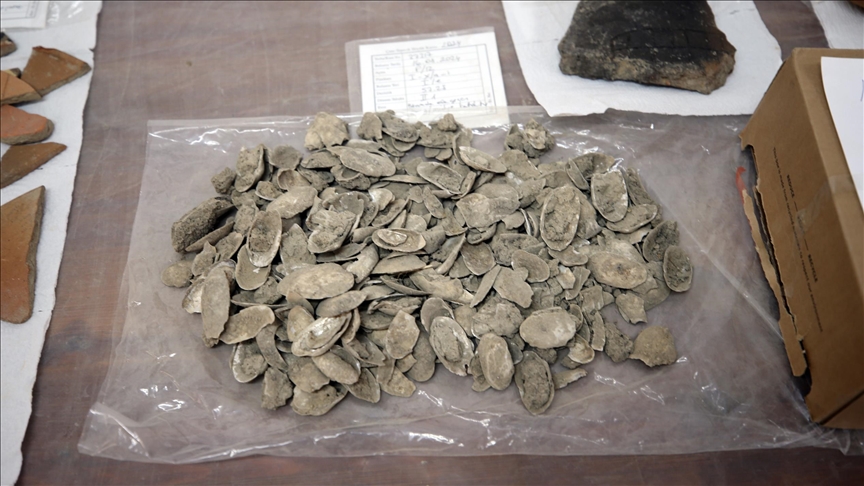
Many remains, including obsidian, which was used in tool making at that time, were also found during the studies.
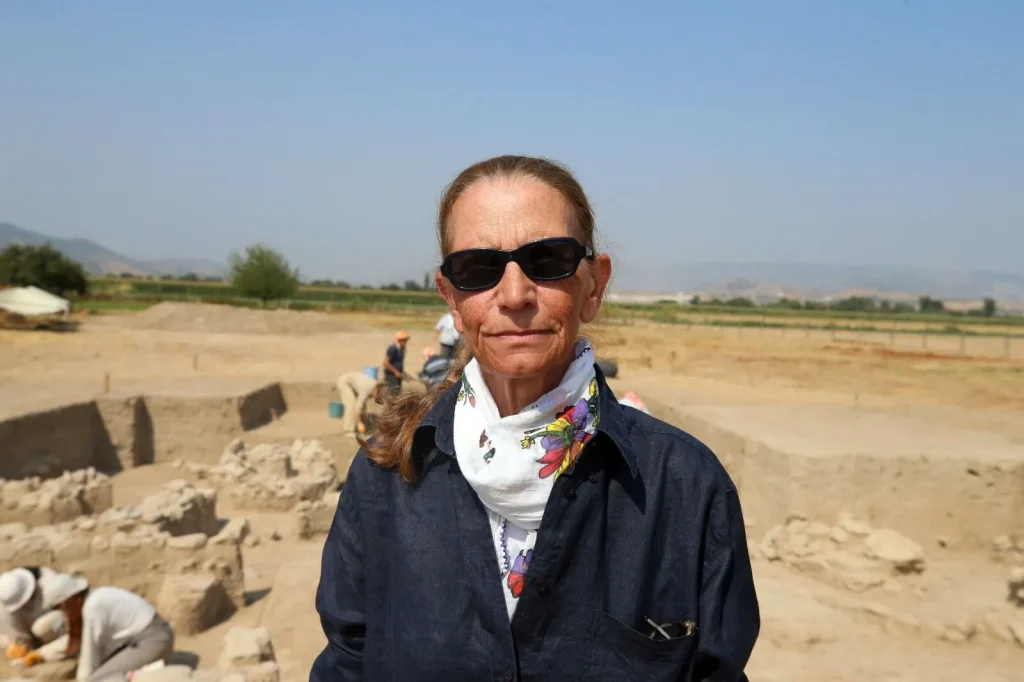
Prof. Dr. Sevinç Günel said, “In the 2024 excavation season, we uncovered cultural layers belonging to the Late Bronze Age, 3,500 years ago. We also found a public space structure belonging to one of the rulers of the period.”
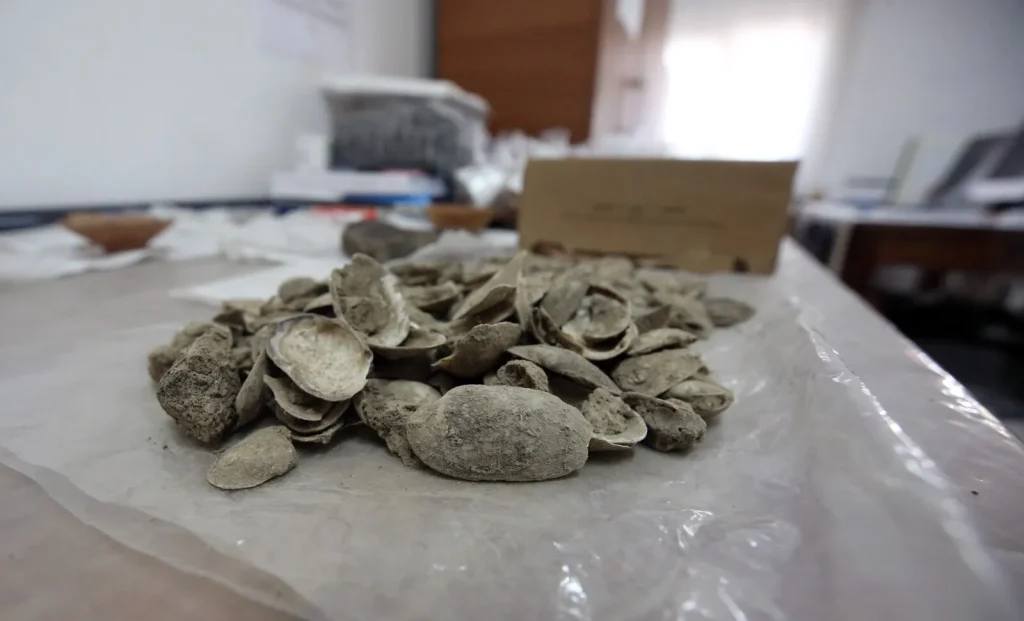
“We are currently working in a public building, the storage unit of the building belonging to the ruler of this city.”
Günel said that they found mussel shells, some of them closed, densely packed together in the jar found at the partially exposed point and added, “We knew that mussels were consumed in the Bronze Ages and prehistoric periods before that. It takes its place in the tradition of consumption material, that is, food and nutrition. In this respect, finding them in bulk both supported our knowledge and provided us with clearer information.”
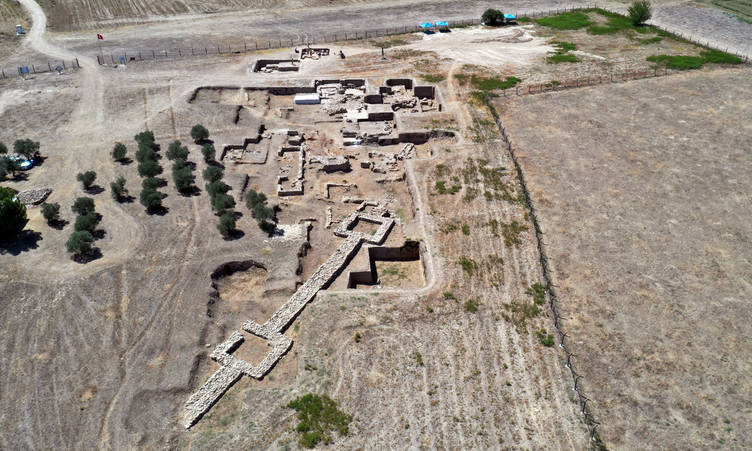
The Bronze Age name of Tepecik Mound is not yet known. Hittite sources are being researched to find the real name of the settlement.
Cover Photo: Enes Uzun/AA



